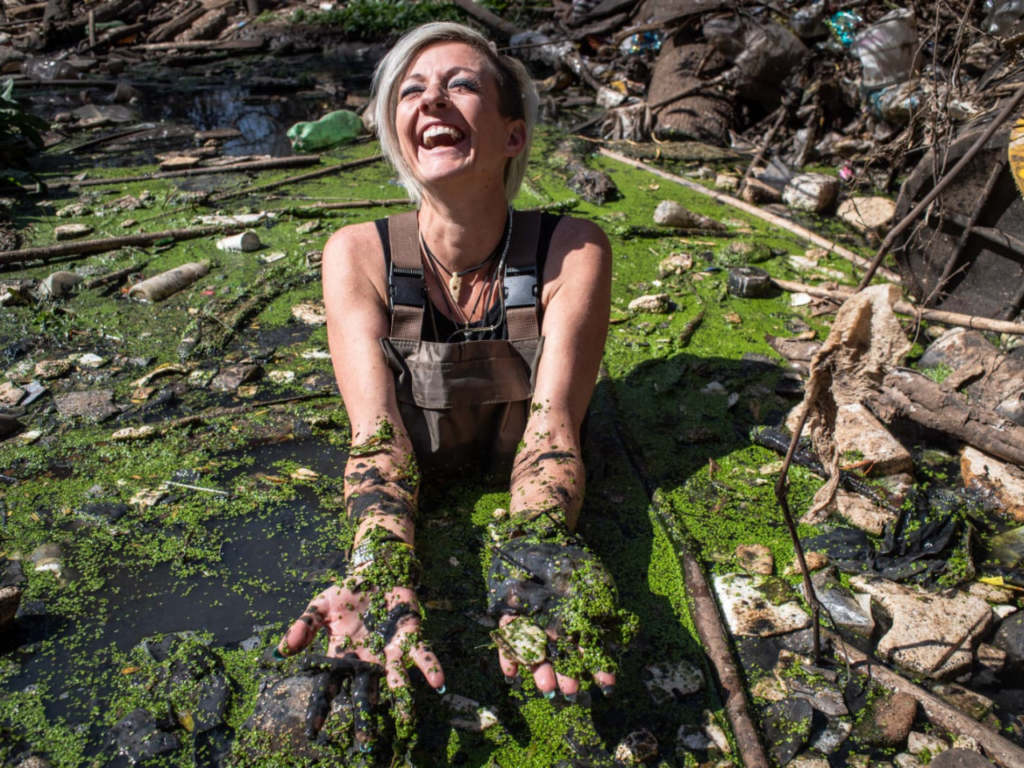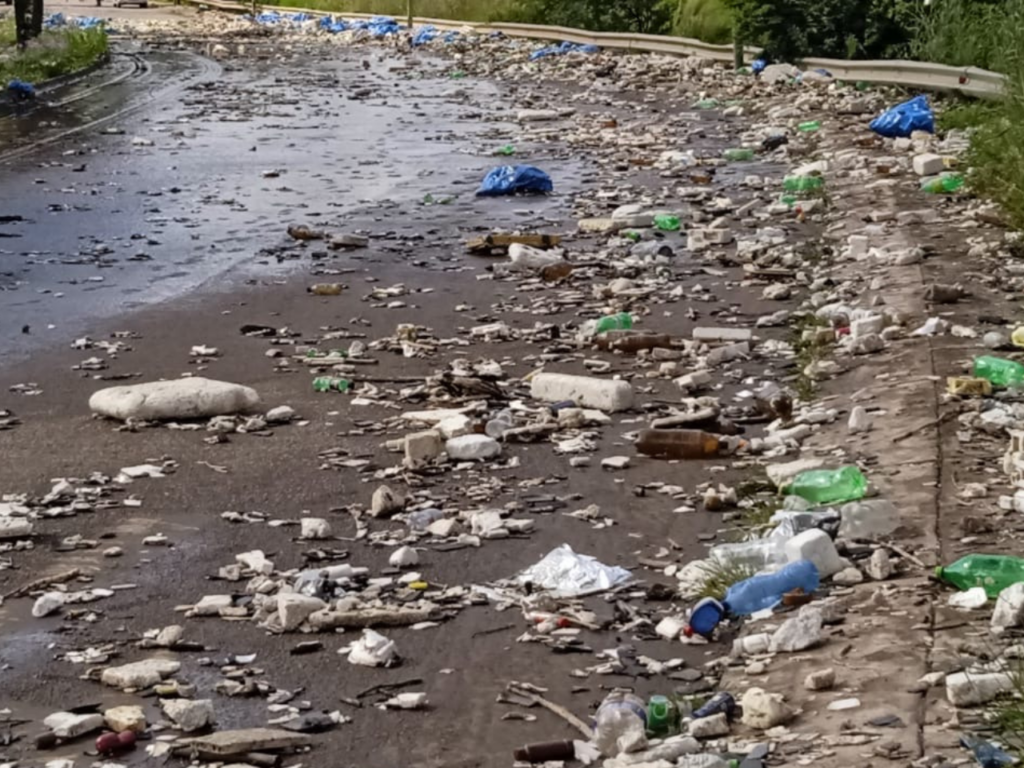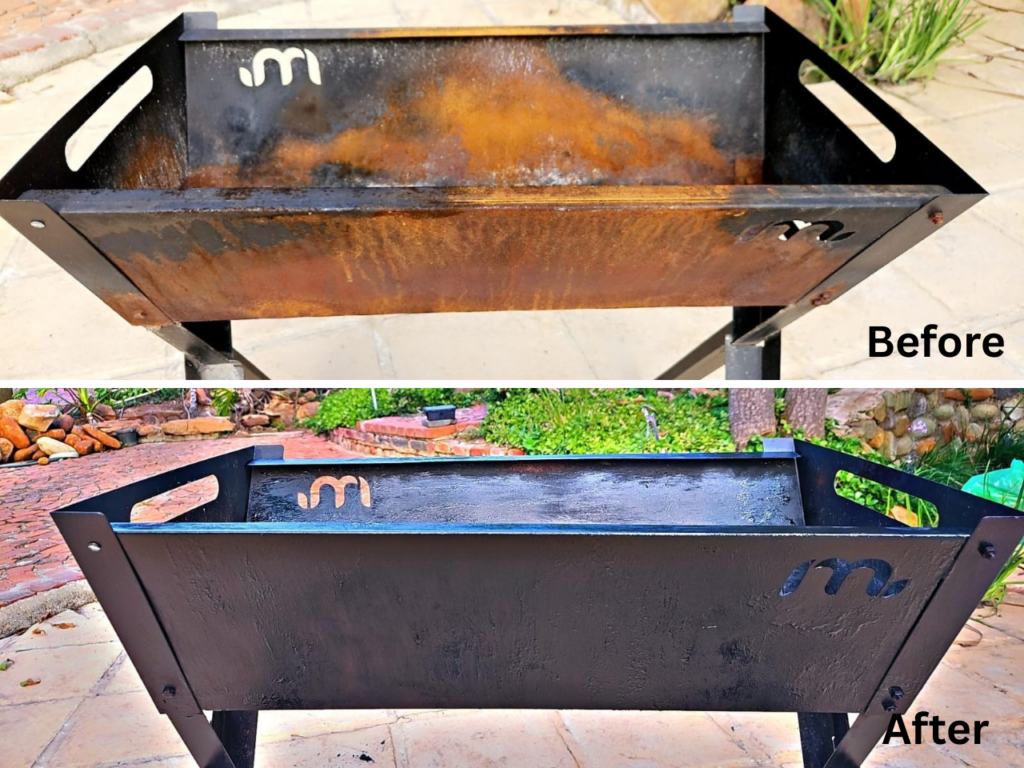Illegal dumping harms South Africa’s rivers, causing pollution and damage. Long-term solutions need cleanup, education, and tackling corruption.
In a perfect world waste would never interact with the water supply. The reality is that South Africa’s service delivery, corruption and lack of environmental enforcement leads to massive quantities of waste in our rivers and dams.
Tarryn Johnston, founder and CEO of Hennops River Revival and Deep Water Movement, has devoted her life to fixing South Africa’s rivers. She spends countless hours organising clean-ups and meetings to ensure the country’s precious rivers are cleaner than they currently are. She says, “Illegal dumping is ingrained in the way South Africa operates, it isn’t a problem that a cleanup will fix but requires ongoing effort to change the entire waste landscape of South Africa.” At a recent Hennops Revival cleanup, Johnston, her team, and volunteers collected more than 3000 bags of waste from the river. She explains, “Whenever it rains the waste gets flushed, and you end up with these islands of waste that damage the riverbanks and infrastructure like bridges.” The waste that does not get stuck in the river gets pushed into South Africa’s water treatment plants through stormwater ingress, creating unnecessary blockages and increased strain on systems that are already strained.
Where does it come from?

Tarryn Johnston, founder and CEO of Hennops River Revival and Deep Water Movement
Unregistered informal settlements have little to no waste collection, receive no budget allocation for services, meaning that waste is discarded directly into the environment, stormwater channels and therefore into nearby water systems. Johnston adds, “It is a difficult situation because these marginalised communities are unaware of the damage caused to the environment, whilst simultaneously, left without options. Education is vital, engaging with such communities teaching new skills and perspectives, to better comprehend that waste indeed has value, and how to utilize this to create micro-businesses and alleviate poverty. With such programmes, we conduct community mapping and work with authorities to achieve separation at source and to decide on central sites to dispose of their waste which minimises the problem.” Johnston also points out that while it can be easy to blame these communities, but the waste in the river tells a different story, “When you see thousands of plastic cups, Styrofoam, and large Polystyrene blocks it is obvious that businesses and contractors have illegally dumped these. Communities get scapegoated, but there is a definite industrial presence that must be accounted for.” Another issue in South African river systems is illegal sand mining, causing immeasurable damage downstream, altering the flow of the rivers, and inducing erosion of the riverbanks, destabilising trees, blocking bridges, and creating flood risks.

What can be done?
Johnston says, “The best defence against illegal activities should be our laws and policing system. This is however not the case, there seems to be little investigation, and even fewer repercussions for this crime.” When asked ‘what can be done’ she lists:
- Investing in cleanup action projects
- Adequate budgeting for basic service delivery
- Community engagement and long-term education campaigns
- Mandated recycling and separation at the source
- Tackling corruption and illegal business practices
- Finding actual solutions for waste as a resource.
Barriers

Whenever there is heavy rain the pollution from the rivers gets flushed onto riverbanks, destroying infrastructure, and creating erosion
There are significant hurdles to jump, especially when one wants to get to the root of the problem. She goes on to say that the most significant barrier is a culture of apathy coupled with systemic corruption. “No one cares, not just the communities who get the brunt of the blame, but the people in the suburbs, everyone has an opinion, but I never see them volunteer. The “throw away” culture can only be changed through acknowledging that each one of us is “the source,” Then political-will, long-term education and creating the culture that we wish to see. In terms of crime and corruption, Johnston adds, “We already know that this is a problem. We can see the waste dumped into the rivers, or vast amounts of polystyrene that can only come from industry, and then nothing is done, we urgently need to tackle this from any angle we can.”
Waste as a resource

Tarryn tested her paint on her old braai to great effect,
she feels that this could be a game change
Another barrier is the question, “What to do with the waste?” Johnston says “We really do not want to take these thousands of bags of waste to landfills, but there is little else we can do. Most of my free time is spent thinking about how to turn this waste into a sustainable economic opportunity, which would ensure circularity, empower communities and generate revenue for the much-needed river cleanups, thereby guaranteeing stable jobs, and increased scale.” Recently Johnston had a breakthrough saying, “In one of our experiments, we had some surprising results, we turned river waste into paint! And, this paint is waterproof, fireproof, and rustproof, and our next steps will be in the necessary laboratory testing and accreditations. We are actively exploring avenues and uses to find the right partners to take our ‘clean-up paint’ to where it can make a difference.”










